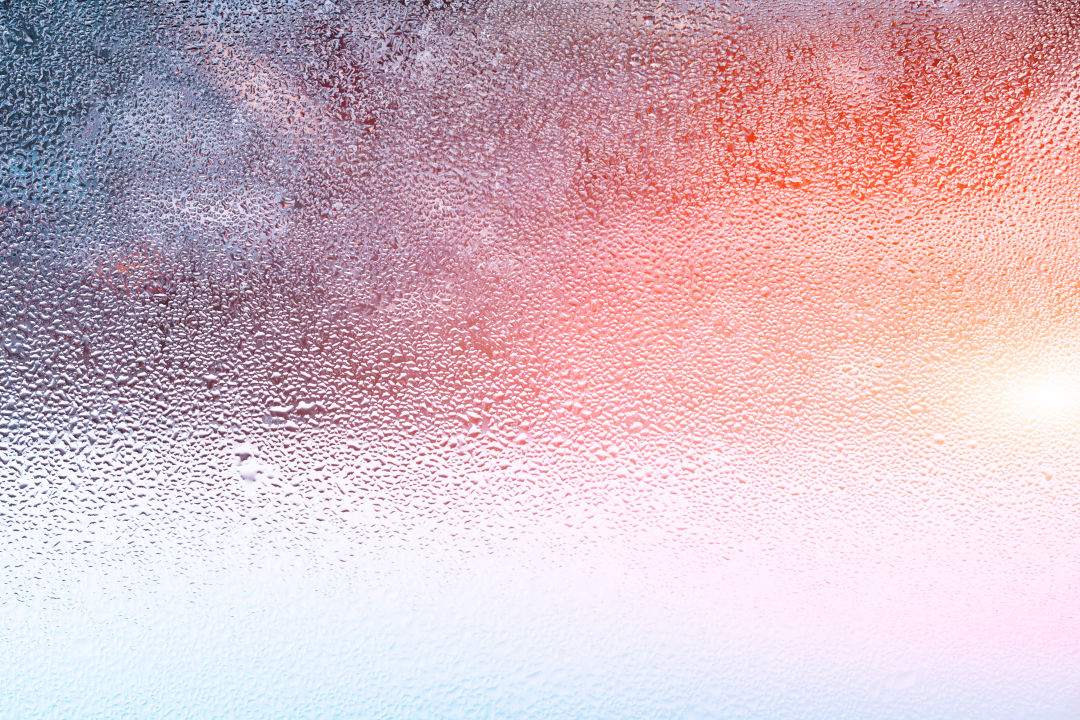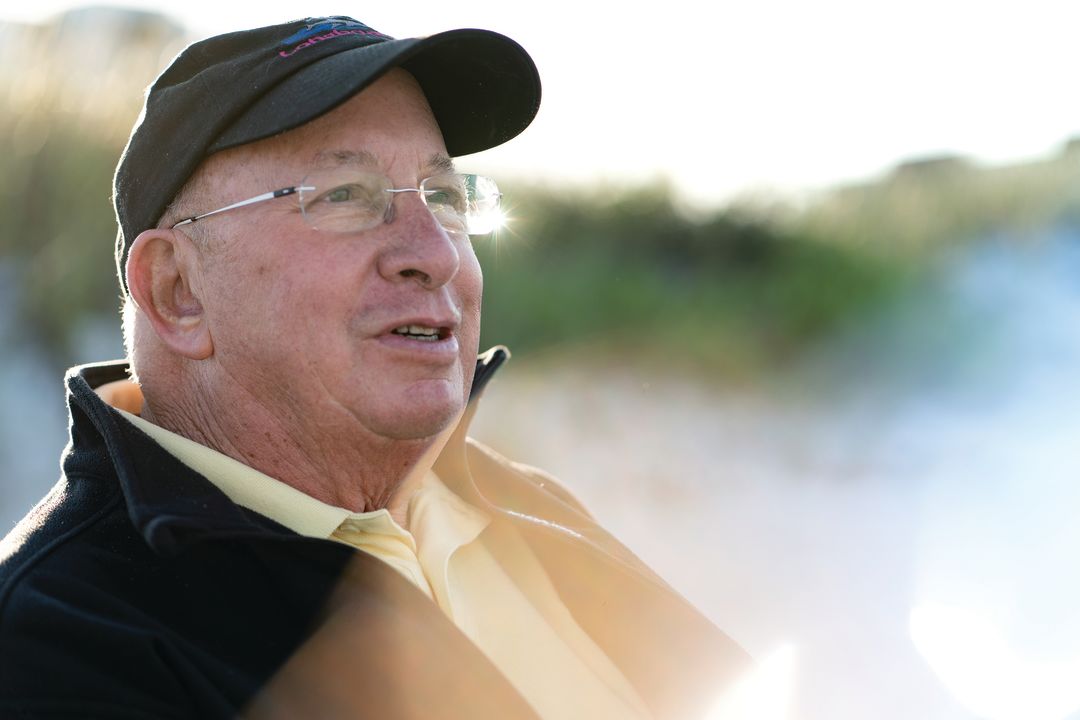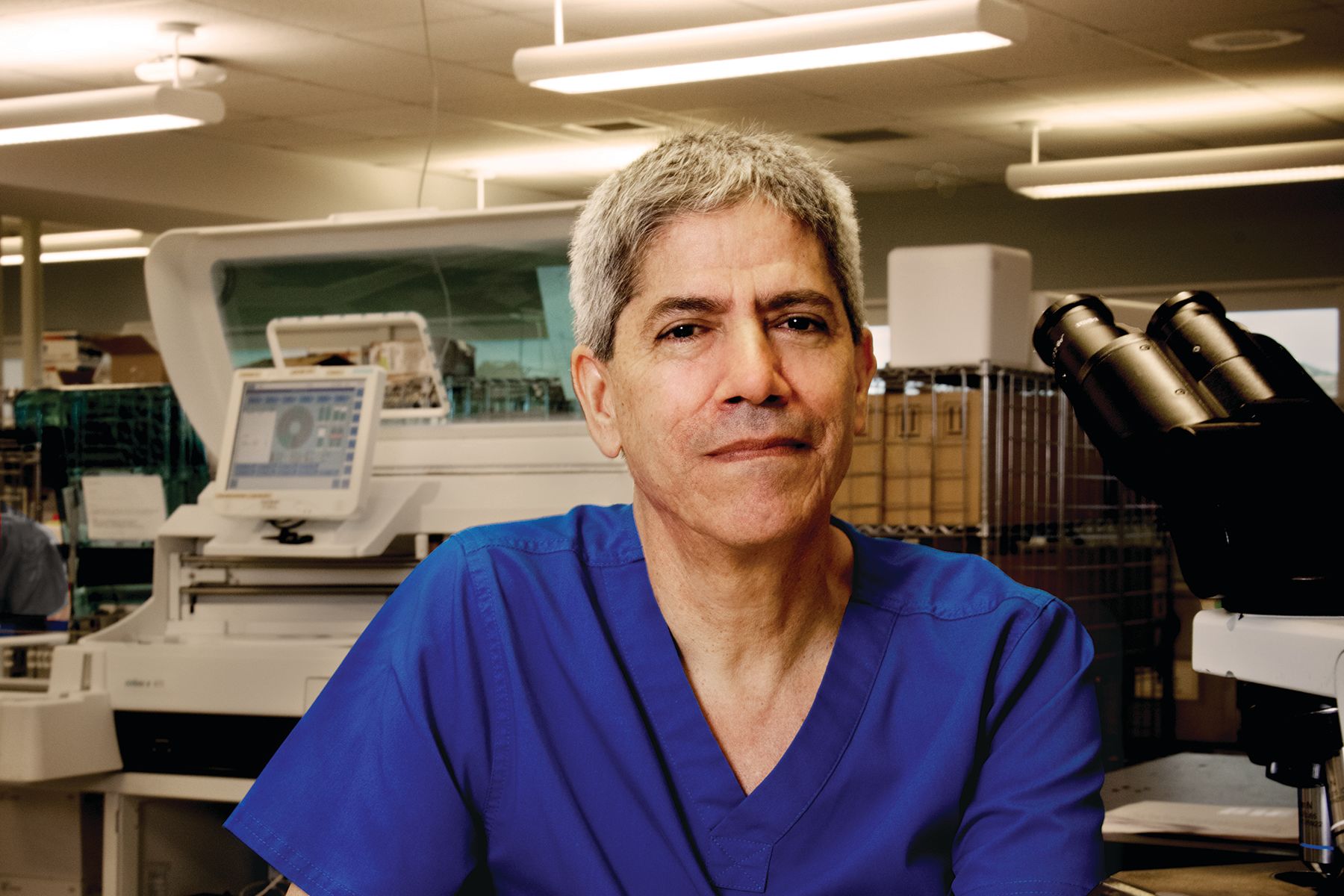Can High Humidity Slow the Spread of COVID-19?

Image: Shutterstock
During a White House briefing on April 23, President Trump suggested that introducing ultraviolet lights and household cleaners into the human body might cure COVID-19. Trump’s remarks sparked a national furor and instantly eclipsed the presentation that had preceded and prompted them: a Homeland Security official had come to the podium to discuss a new U.S. Army study that found that bright sunlight, heat and humidity suppress the coronavirus.
But however lost it was in the uproar over the President’s remarks, the study won the attention—and approval—of Longboat Key’s Lenny Landau. That same afternoon, Landau was putting the finishing touches on a PowerPoint presentation that outlined similar conclusions. Like the Army researchers, Landau has concluded that heat and humidity destroy viruses, including the new coronavirus. And he believes that humidity, in particular, may hold a key to slowing COVID-19’s devastating spread.
We wrote about Landau, a retired engineer with a penchant for making deep dives into murky problems, after his research showed how a chain of complex factors caused 2018’s devastating red tide bloom and suggested ways to mitigate it. When the coronavirus struck, he began to devour articles and scientific papers again.

Lenny Landau
Image: Chris Lake
“I am not a scientist,” Landau emphasizes. “I don’t discover anything new.” Instead, he says, he searches out existing research with the hope of “putting the pieces together” and finding ways “we can start to solve the problem.”
Slowing the spread of coronavirus starts with understanding how it’s transmitted. Infected people expel the virus when they cough, talk or even breathe. Transmission can be direct, when the virus particles enter one human after being expelled by another, or indirect, when people touch particles on surfaces and objects and then introduce them to their respiratory system by touching their eyes, mouth or nose.
The longer a virus can survive outside its host, the better its chances of infecting another human. Landau found considerable research suggesting that viruses expire more quickly when humidity levels are high. In one study, researchers observed that at a relative humidity of 23 percent—which is low—around 75 percent of flu virus particles an infected person expels will survive and remain infectious after an hour. But when the humidity rose to 43 percent, most particles became inactive after just 15 minutes.
(Humidity helps prevent infection in another way, by keeping the membranes in your nose and throat moist, which enables them to capture dirt, bacteria and viruses before they reach your lungs. Drier membranes aren’t as good at filtering out viruses and other invaders.)
What makes COVID-19 so formidable is its contagiousness. Someone infected with seasonal flu will infect about 1.3 other people. Those with COVID-19 are each infecting an estimated two to three more people—and each one of those goes on to infect two or three more, racing through the population at a ferocious rate.
But COVID-19’s transmission rate has been shown to drop to 2 or even lower when heat and humidity rise. That sounds like good news for Sarasota, where we experience high outdoor humidity levels for seven months of the year. But, as Landau notes, “we don’t spend most of our time outside.”
In air-conditioned indoor spaces, humidity tends to be lower—especially in chilly places like grocery stores, pharmacies and medical facilities. And humidity plunges, often to as low as 10 percent up North, when buildings are heated during winter. Because the virus is transmitted when people are clustered together, low-humidity offices, stores, hospitals, nursing homes and other public buildings make fertile breeding grounds.
During his research, Landau noticed that infection rates seemed to be extremely low in Singapore, Australia, South Korea and Japan—even though outdoor humidity was low in some of those places. He discovered that indoor spaces tend to be more humid in each of those countries for varying reasons, including building codes that require air-tight construction and water-based indoor heating sources.
And in Singapore, officials suspected early on that humidity plays a role in transmitting the virus and took aggressive steps to raise levels in place where people are close together, such as requiring buses to keep windows open and reducing air conditioning and increasing natural ventilation in office buildings.
Landau cautions that raising humidity in private homes won’t do much to reduce the spread of the virus. Our focus should be on buildings where people encounter other people who have the disease.
“I’d like to see offices, hospitals and other buildings monitor humidity and increase it where they can,” Landau says. Doing that “has no bad effects,” he says, and can often be as simple and inexpensive as installing space humidifiers and misters, although some buildings will require more complex solutions, including modifying or replacing HVAC systems. “Relative humidity in the range between 40 and 60 percent is ideal,” he says. (Higher humidity feeds the growth of bacteria, fungi, molds and other contaminants.)
“Raising humidity won’t end the virus,” Landau says. “But it could lower transmission—and dramatically.”
For example, he says, raising winter humidity levels in Northern buildings from 10 to 50 percent could reduce COVID-19 transmission rates from 2.5 per infected person to 1.7.
“That could have a huge impact,” he says. “It could reduce the number of cases by more than 50 percent.”
Most experts expect the virus to return in the fall or during winter’s flu season. Arming ourselves now by humidifying buildings might help us weather the next attack, says Landau. Such measures might even allow people to resume gathering together sooner and more safely in theaters, gyms, schools and colleges, and other communal places.
Landau says scientists need to continue to research how humidity impacts COVID-19. “We still need more data,” he stresses. As an engineer, his interest lies on how that data can lead to a practical solution. “I’m always asking, ‘What can we do with this?’’ he says. “We need to take this information and figure out how to use it. I am convinced it will help.”



